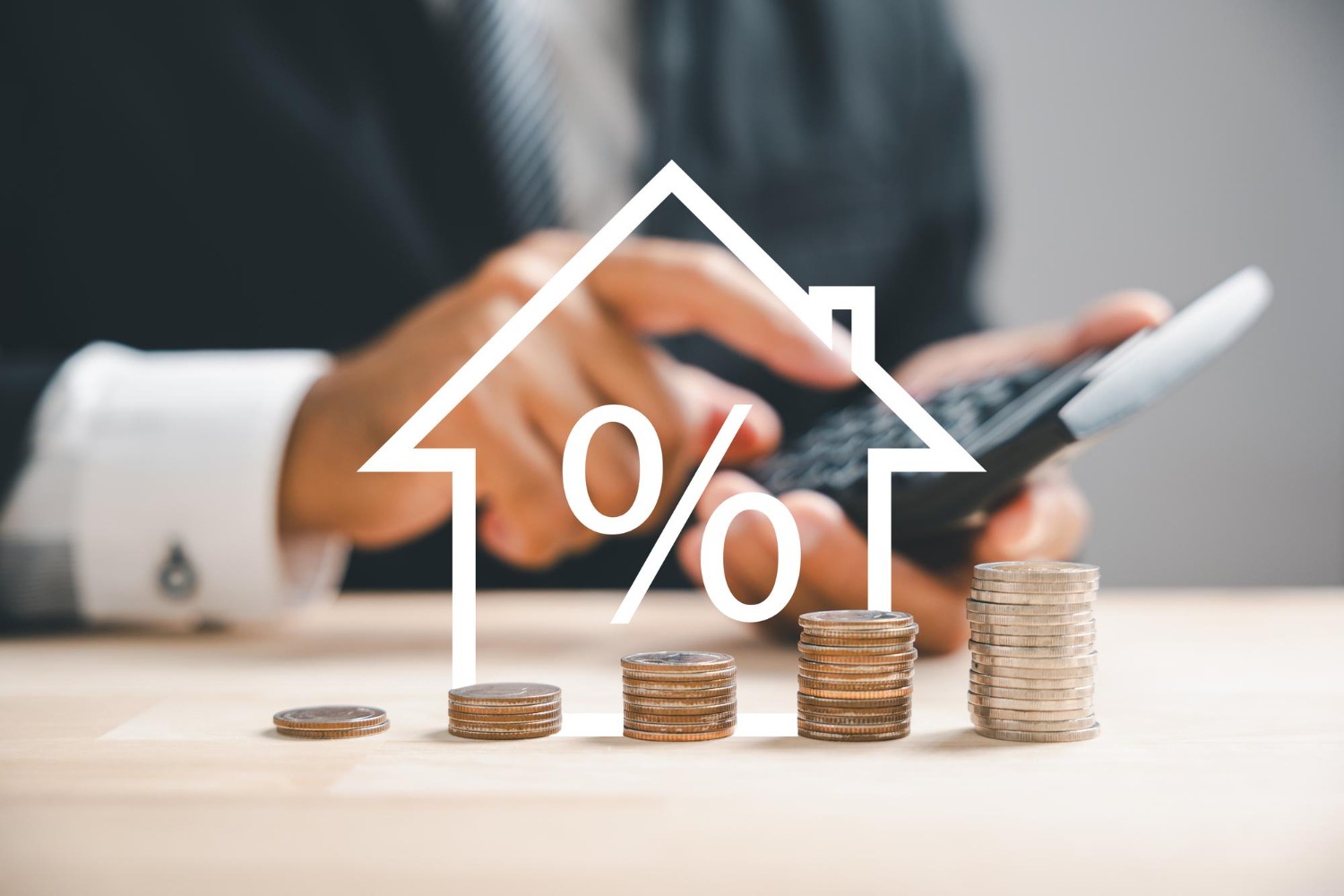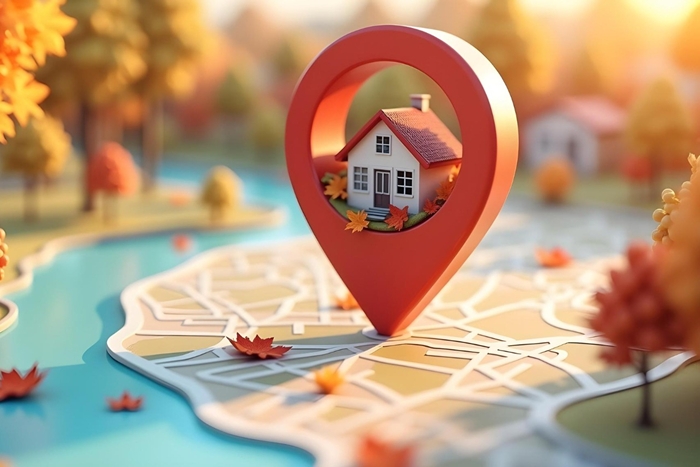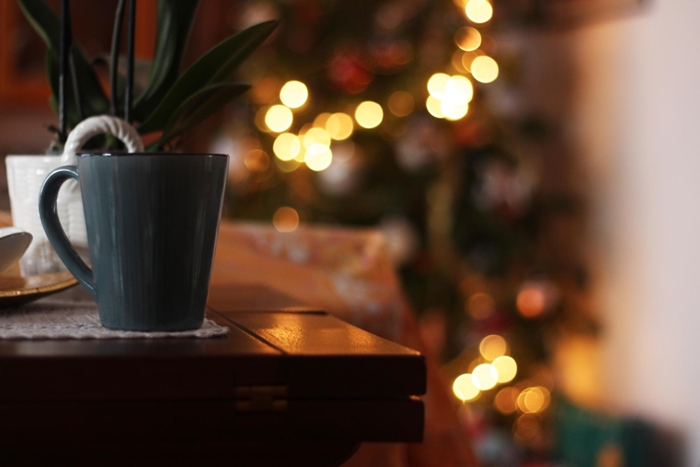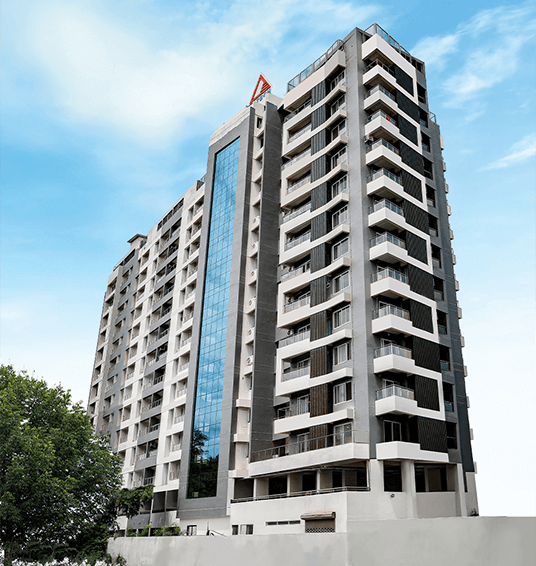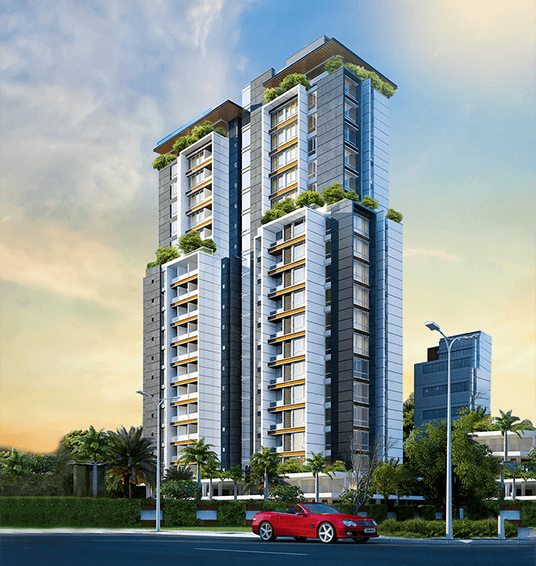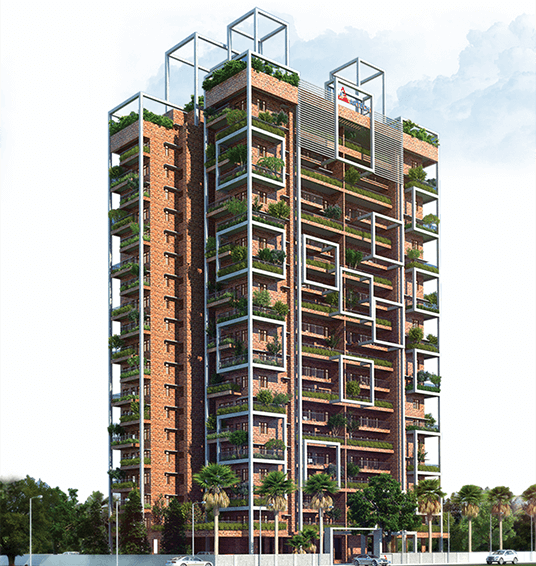Smarthomes are technologically advanced adaptations to normal homes with an aim to improve the way you do things in your everyday lives. In a smarthome, you get to automate and secure your living space in ways that was impossible until recently. Today with advanced methods of interactions such as smartphones, it has now become easy to convert your home into a smarthome. Smarthomes have the capability to take care of themselves in events of breach, adverse weather conditions, presence of disabled persons, lack of personnel etc. The various technologies currently available for turning your house into a smarthome can be summarized as below:
Vacation Home Alerts
All of us need to unwind for a few days after months of hard work and a vacation is the best solution. You can turn off your workstation and go away from your city or even your country and relax in some holiday destination. Your desire to refresh yourself however comes at a price. You do not want to leave your house under threat of break-in from burglars. However, if your house is a smarthome, then you can turn on the Vacation Home Alerts. This system will continuously monitor your house and send you alerts through SMS if there is any problem. When there is thunderstorm, they will close the automated storm shutters. Vacation home alerts also perform automated hard freeze if there is a pipe burst or flooding. Some of them even send you real-time alerts when unexpected visitors arrive at your house. Further, they will set video feeds and activate burglar alarms for you so that support personnel can arrive at the spot and take care of the situation even when you are away.
Fake TV
Similar to vacation home alerts is using a Fake TV. This is also a useful technology that can be used when you are away from home for long. This is a simple device that simulates a faint glow in the room similar to the one that comes out of a television screen. Such light will trick people outside into thinking that there is someone inside the house doing channel surfing. It consumes less power compared to the real television. You can also set intervals at which this device turns on so that anyone wanting to break in would feel that a real person is indeed watching the TV.
Bed Sensor
Night time is when you need to use the electricity to the minimum, especially lights. In the middle of the night, if you get up, most likely you are going to use the bathroom. Therefore you do not need to turn on all the lights. A bed sensor is a device that will sense whether you are in the bed or not and the time at which you are getting up. It will then light your way to the toilet . Further, it will dim the light of the bathroom up to 20% since the usage is going to be for a limited period of time. Furthermore, it will turn off the lights once you return to your beds.
Refrigerator Door Sensor
It is a common issue when someone using the refrigerator forgets to shut the door correctly. This can also happen if containers are poorly placed in the fridge. A refrigerator door sensor is a device that is placed on the door. It can sense whenever a door is left open for unusually long periods. It flashes the lights of your kitchen. It can also give a house-wide alert about the situation.
Flashing Lights
In addition to kitchens, flashing lights can be used in other areas of the house as well. There are situations when people don’t pay attention to an alert leading to disastrous consequences. For instance, people listening to loud music or watching films in home theatre systems won’t be able to hear the sound of an alarm. Flashing lights therefore helps in these scenarios. It helps when the doorbells are unanswered even when people are inside, undetected fire hazards occur, during unauthorized intrusion, gas leaks and water leaks. Flashing lights are also helpful for people who are intolerant to the noise of the alert system.
Lighting Control
You might already be familiar with the programmable thermostat. A similar system exists where the control panel lets you control the lighting. With lighting control, you can program your daytime and night time lighting preferences. Thus you have a control over which lights are turned on during a particular time. The system also lets you control the drapes and shutters.
In case there is any special activity such as reading, dinner parties and the like, you can program the system to provide customized lighting during those activities. Controlled lighting also saves the energy consumed in the house because the lights are optimized to consume only what is required.
Smart HVAC
HVAC stands for Heating, Ventilation and Air Conditioning. These are systems that control temperature, humidity, fresh air, heating and natural cooling in homes. Smart HVAC solutions are varied in that they include internet-controlled thermostat which allows the home owner to control the house’s heating and air conditioning systems remotely. It could also be linked to windows to allow automated opening and closing to allow for motion of hot and cool air. These systems are not only convenient but also energy efficient.



